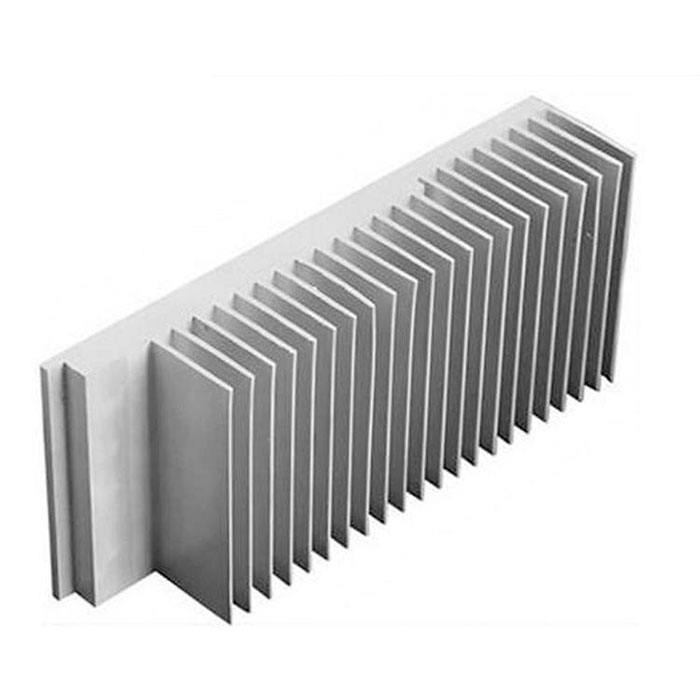CNC Machining Parts: Precision, Efficiency, and Versatility for Modern Manufacturing
2025-04-23
CNC machining parts are integral to a wide range of industries, from aerospace and automotive to electronics and medical devices. CNC, or Computer Numerical Control, refers to the automated process used to control machine tools such as drills, lathes, and mills. This process enables the precise manufacturing of parts with complex geometries, high tolerances, and consistent quality. The ability to produce high-precision components makes CNC machining a preferred choice for manufacturers across various sectors.
The process begins with a digital design or blueprint of the part that is created using computer-aided design (CAD) software. Once the design is complete, it is converted into a set of instructions called G-code, which is then fed into a CNC machine. The machine uses these instructions to guide its movements, cutting and shaping the material into the desired part. This level of precision ensures that every part produced is identical to the original design, which is particularly important in industries like aerospace, where safety and reliability are paramount.
CNC machining offers several benefits, including accuracy, repeatability, and versatility. With CNC machines, manufacturers can produce parts that meet tight tolerances, sometimes to within thousandths of a millimeter. This is crucial for applications where even the slightest deviation in dimensions can lead to malfunctions or failure. The repeatability of the CNC process means that thousands of identical parts can be produced without variation, ensuring consistency in quality over large production runs.
The versatility of CNC machining is another key factor in its widespread use. CNC machines can work with a wide variety of materials, including metals, plastics, wood, and composites. This flexibility allows manufacturers to create parts for virtually any industry or application, from intricate components for medical devices to robust parts for industrial machinery. Additionally, CNC machines can perform a range of operations, including milling, turning, drilling, and grinding, allowing for the production of highly complex and detailed parts in a single setup.
One of the primary advantages of CNC machining parts is the efficiency it offers. Traditional machining methods often require multiple setups and manual interventions, which can increase the risk of errors and extend production times. In contrast, CNC machines can produce parts with minimal human intervention, streamlining the entire process and reducing the likelihood of mistakes. This efficiency leads to cost savings for manufacturers, as fewer resources are needed for setup, and production times are shortened.
Moreover, CNC machining allows for greater design flexibility. Engineers can design parts with intricate features and geometries that would be difficult or impossible to achieve using traditional machining methods. This capability opens up new possibilities for product design, allowing for more innovative and complex components that meet the evolving demands of industries. For example, in the aerospace industry, CNC machining is used to create lightweight yet strong parts that are crucial for aircraft performance.
Another significant benefit of CNC machining is the ability to work with high-performance materials. Industries like aerospace and defense often require parts made from specialized alloys or composites that must meet strict performance standards. CNC machining provides the precision needed to work with these materials, ensuring that the final parts meet the necessary specifications and performance requirements. The ability to produce parts with such high material integrity is vital for applications where durability and strength are critical.
Furthermore, CNC machining is highly adaptable, allowing manufacturers to quickly adjust to changing production requirements. As industries evolve and new materials or designs emerge, CNC machines can be reprogrammed or outfitted with different tools to accommodate new projects. This adaptability is especially beneficial for companies that need to respond to market demands quickly or that work on custom orders.
CNC machining is also beneficial in terms of reducing waste. Traditional machining methods often produce a significant amount of scrap material due to the nature of the cutting process. However, with CNC machining, material waste is minimized as the machine can make precise cuts with little excess. This efficiency not only helps to reduce material costs but also supports environmental sustainability by generating less waste.
As industries continue to evolve and demand higher precision and customization, the role of CNC machining parts will only continue to grow. With the ability to manufacture complex, high-quality components quickly and cost-effectively, CNC machining remains a cornerstone of modern manufacturing. Whether producing parts for mass production or custom orders, CNC machining offers unmatched precision and efficiency that helps businesses meet the ever-increasing demands of the global market.



